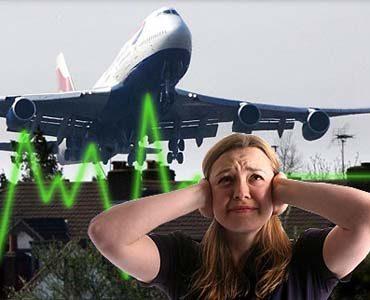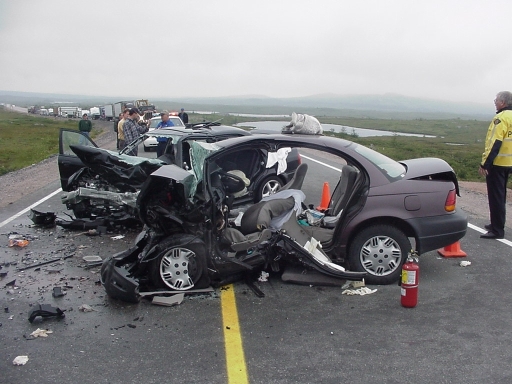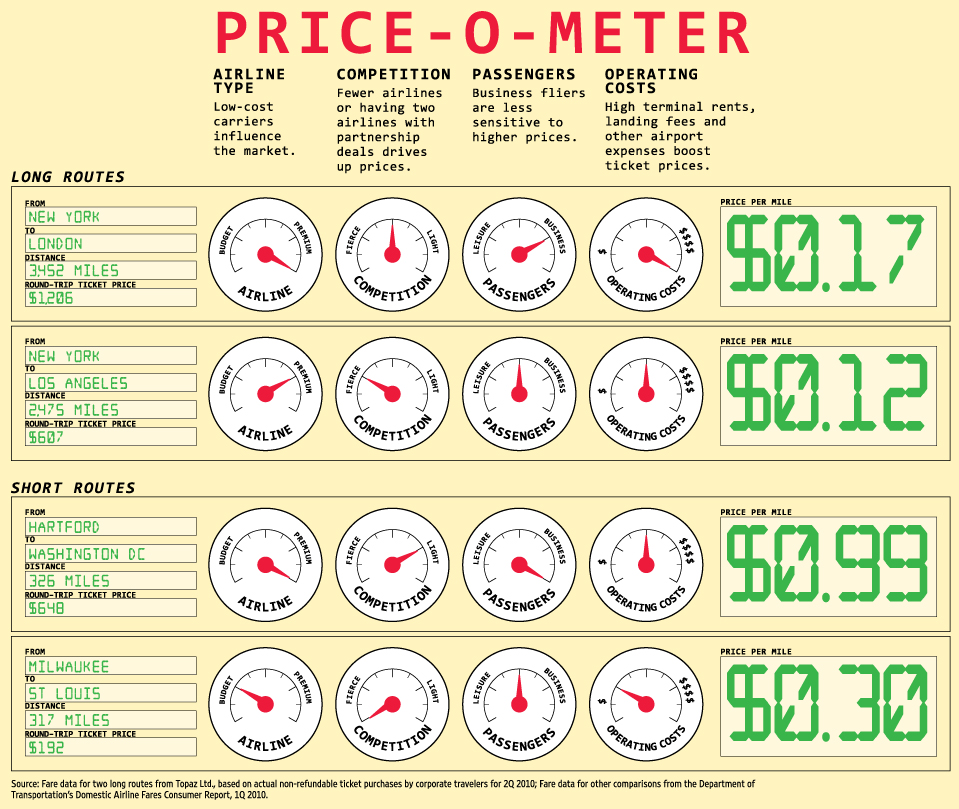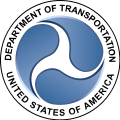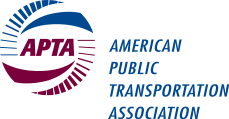Job Alert: Operations Research Analysts GS-1515-11/12 – USDOT (Volpe) @ Cambridge, MA
The Research and Innovative Technology Administration (RITA) seeks several Operations Research Analysts to join several of the Centers of Innovation (COI) at the John A. Volpe National Transportation Systems Center (Volpe Center). RITA coordinates the U.S. Department of Transportation‘s (DOT) research programs and is charged with advancing rigorous analysis and the deployment of cross-cutting technologies to improve our Nation’s transportation system.
This is one of eight Centers of Innovation (COI) at the Volpe Center whose function is to undertake transportation policy analysis and research that contributes to a compelling vision of the 21st Century transportation enterprise and supports decision making in the development, management, operation, and financing of an integrated multimodal national transportation system that meets 21st Century mobility needs for goods and people. These positions are located at the Volpe Center in Cambridge, MA.
RITA has exciting career opportunities across several of its COI’s for recent graduates and mid-level Operations Research Analysts interested in conducting analyses of policies, programs, operations and systems to support the development of its clients’ decision-making, operations and strategic planning as well as the deployment of advanced technology at the local, regional, and national level.
In this role, you will formulate, plan, and conduct analyses as well as assist senior project managers in planning and coordinating projects and conducting the assigned project segments. You will gather and analyze data using a variety of analytical techniques (e.g. surveys, literature reviews, stakeholder outreach; trade-off analysis, economic and/or regulatory impact analysis, etc.); analyze data sources to determine data quality and develop summary statistics. You will assess the readiness of agencies and the readiness of technologies for adoption; document findings in technical reports and present results before a variety of audiences.
These are great opportunities for new and mid-level professionals with strong quantitative and qualitative analysis background who excel in an entrepreneurial and collaborative environment. You must have superb problem-solving, communication and presentation skills. Experience or interest in transportation is a plus. Transcripts are required (instructions on how to submit them are listed in the How to Apply tab). Writing samples will be required of all applicants identified as best qualified for the job.
These Operations Research Analyst GS-1515-11/12 positions (RITA-VOLPE-2011-0007) opened Wednesday, November 3, and the application deadline is Monday, January 14, 2011. The official announcement may be found here: Operations Research Analysts 11/12 (RITA.VOLPE-2011-0007)
The first application review date will be close of business Monday, November 15, 2010. Thereafter, we will do monthly reviews and referrals of applications with the final review occurring after January 14, 2011 (application deadline). Given the continuing need for professionals in this field, RITA will review applications and refer the top candidates for interviews multiple times during the open period of the announcement.
If you or someone you know has the experience and proven results, I encourage you or them to apply under the following vacancy announcement. We are looking for a diverse pool of qualified candidates.
Good luck!


